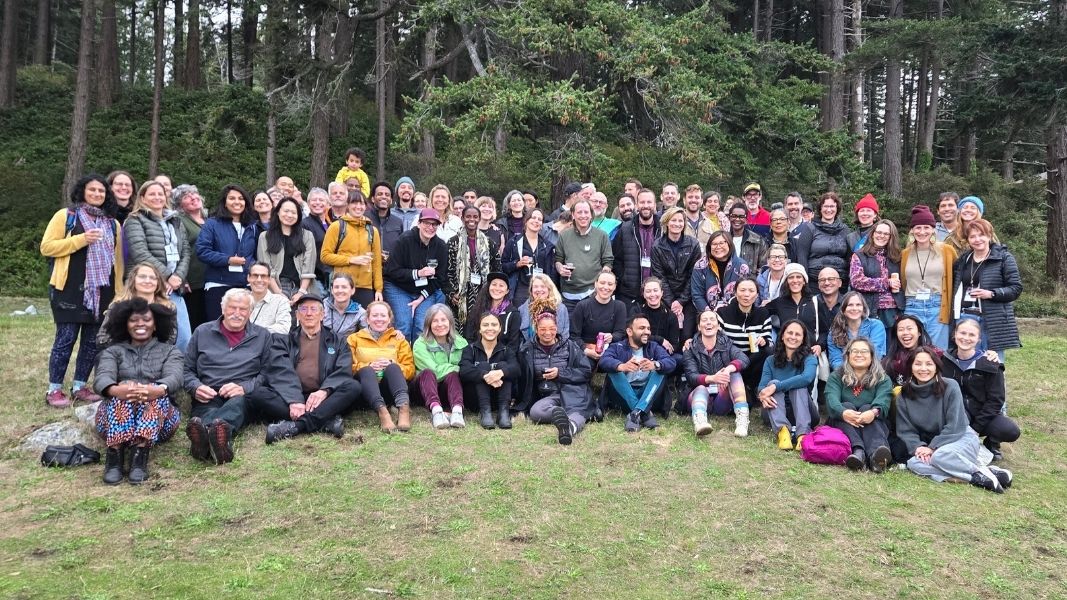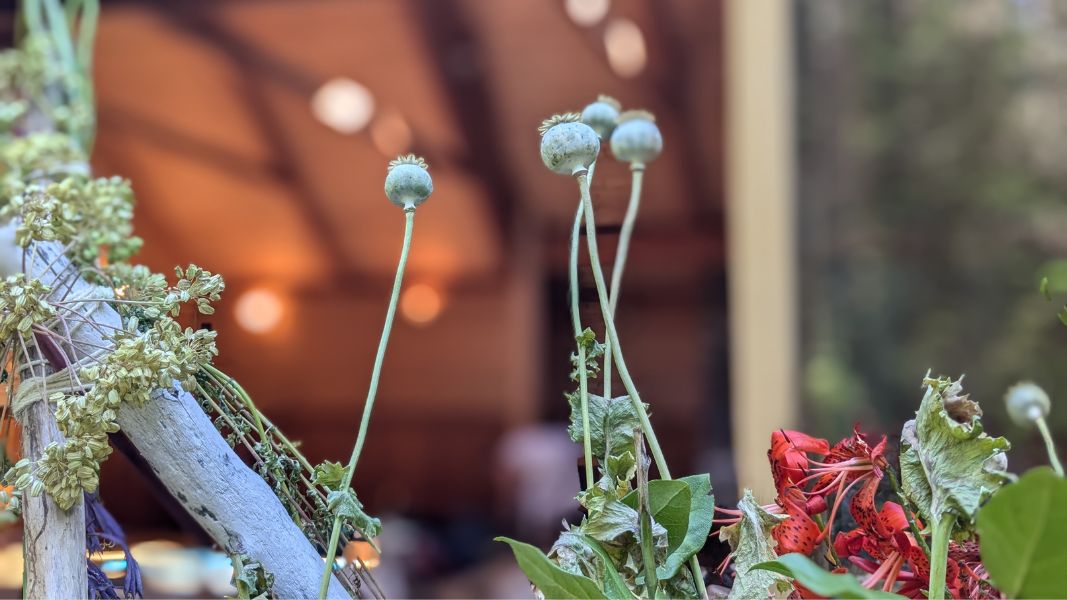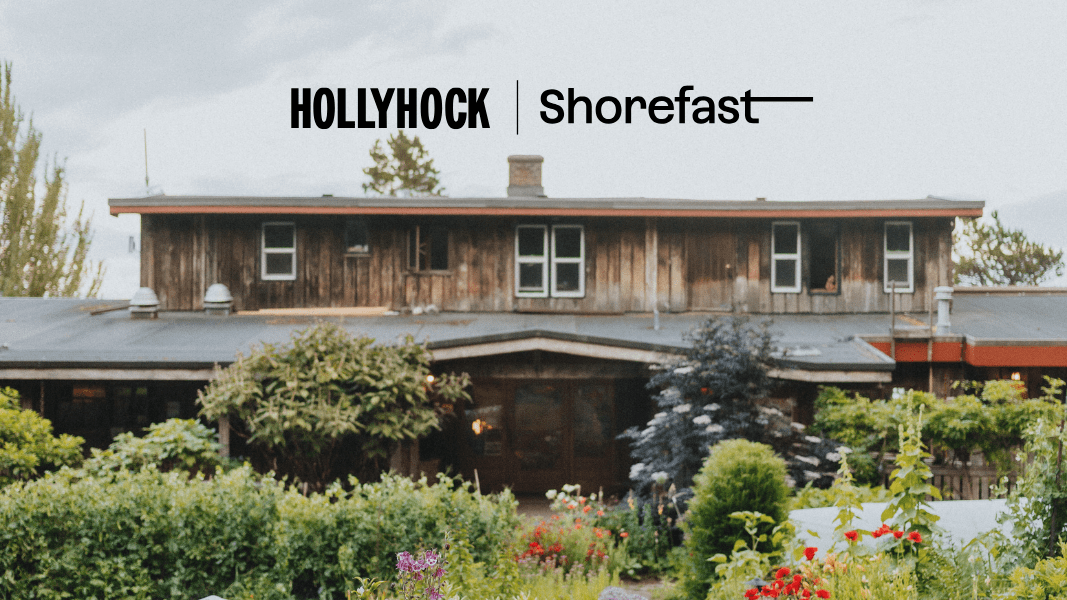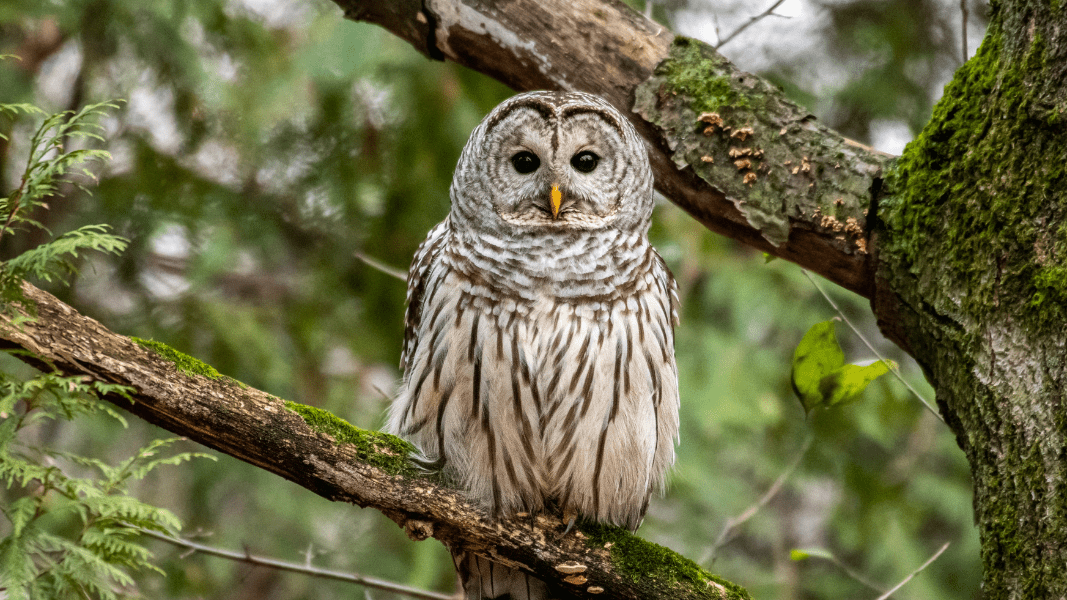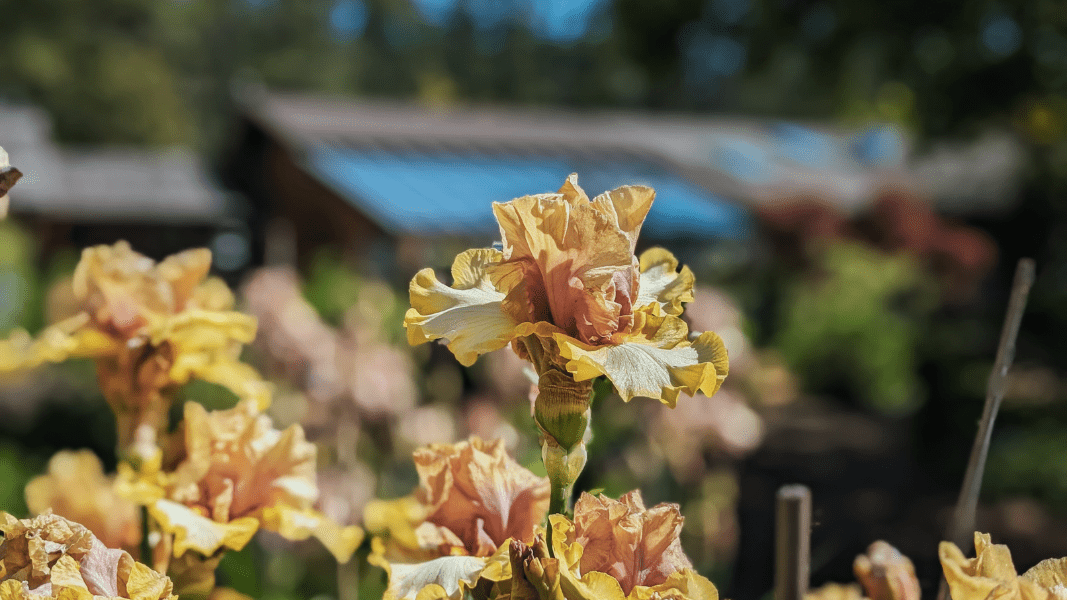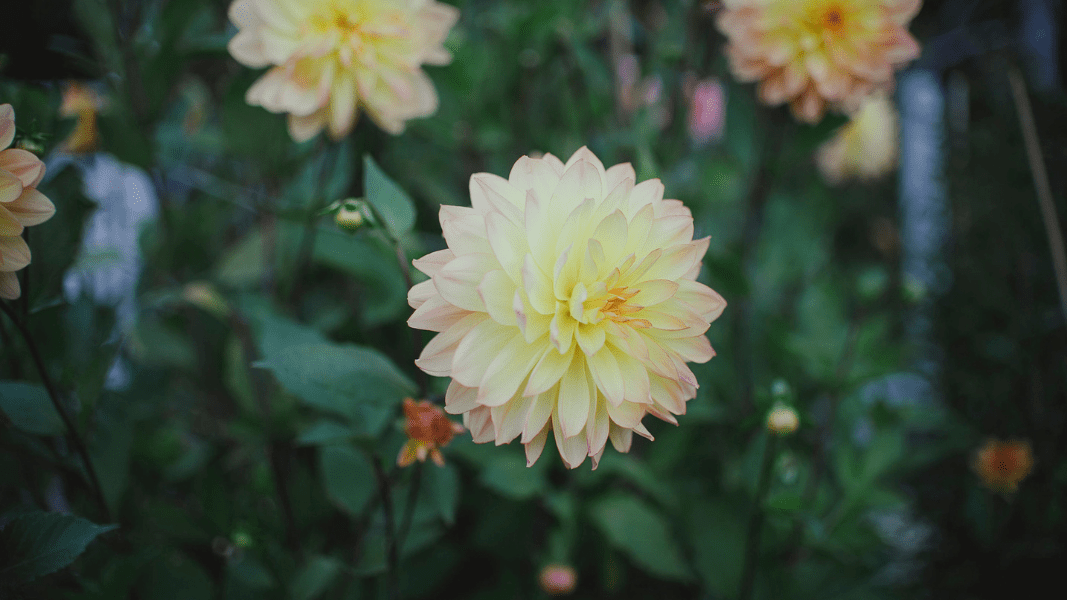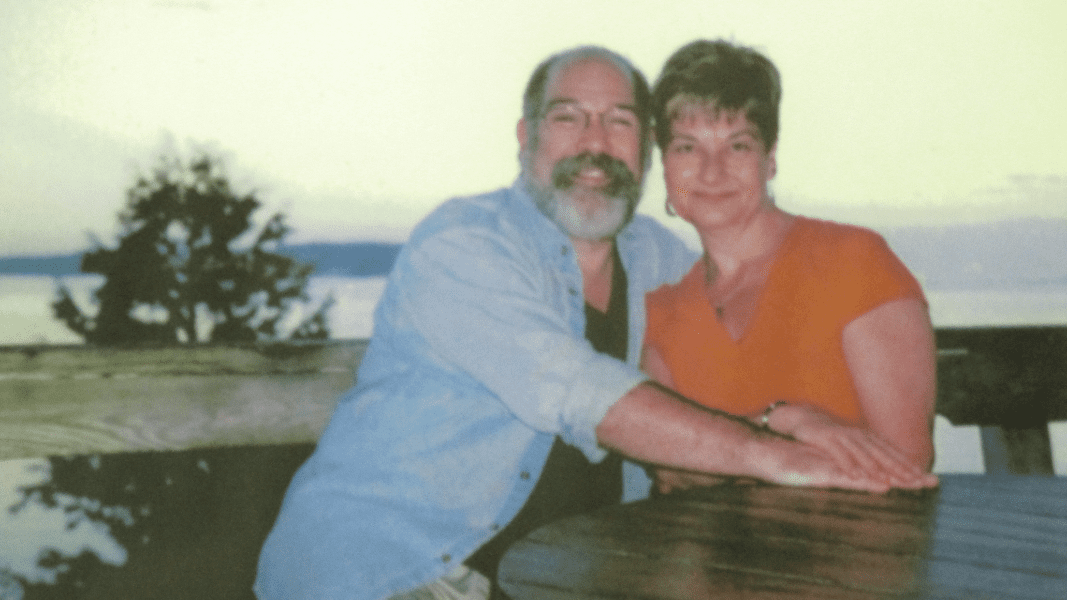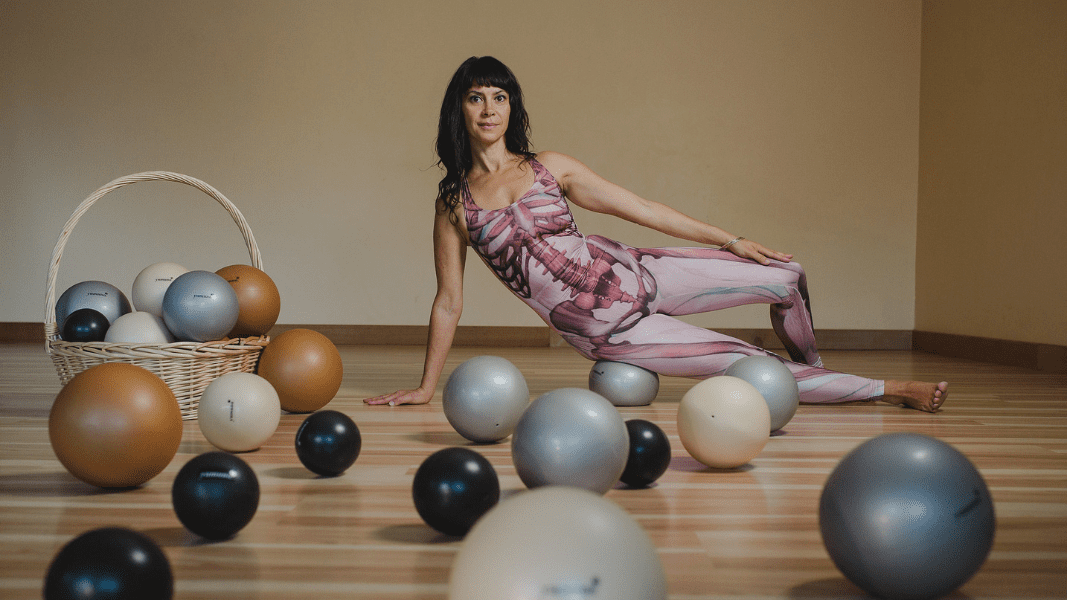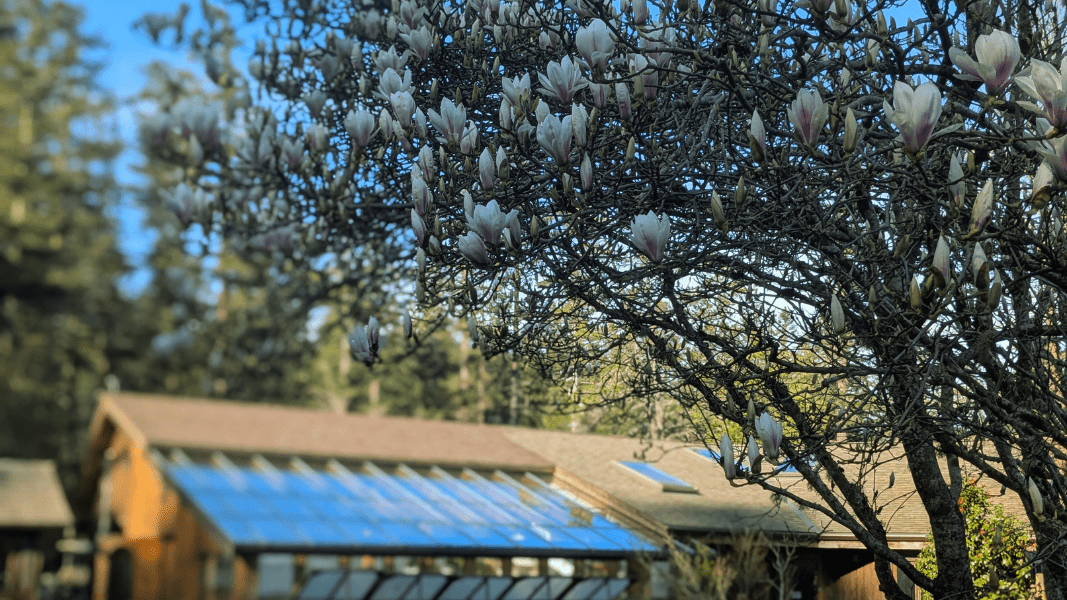Since 1999, the Media that Matters series has been quietly evolving; doing something unique, subtle, and crucial. In a society inundated with the influence and power of media, we’ve been tackling many of the usual issues and concerns of content creators in today’s media-centric society. We’ve hosted wise and accomplished media mavens, many of them as conference leads: organizations like Google Earth, CBC, Knowledge Network, Vision-TV, The Chicago Media Project, authors Ruth Ozeki and Anna Lappe, Hollywood producer Paula Silver, Stephen Silha (Journalism the Matters), Judy Rebick, Velcrow Ripper, Mark Achbar, Sue Biely from Good Pitch, and Tracey Friesen from the NFB and Story Money Impact.
Uninterrupted: digital projection by Nettie Wild, who will be attending The Nature of Media
So what sets this gathering apart from other media seminars, workshops, and conferences?
First of all, it’s all about peer learning. We believe everyone in the room has something valuable to contribute. Many have asked us, “who is lecturing at these conferences?” Our answer has been ”You, if you’d like.” We purposely finalize our agenda as close to the conference start as possible. We want to ensure that everybody has a chance to share the knowledge they offer and have the conversations they yearn for. Yes, we have experts on hand, but we draw out the expert in everybody.
Secondly, it’s about confidentiality. We create a respectful and supportive space, where participants have a chance to talk about their projects and problems much more freely and securely.
Thirdly, it’s about cross-pollination across multiple media disciplines. Whether it be film, VR, publishing, journalism, photography or other forms, all practitioners have much to learn from one another’s techniques, strategies, and stories.
Then, there’s what we believe might be the most important factor of all: community. We have been building a supportive, international community of media makers and strengthening their trust and their connections – especially in British Columbia
Finally, there’s the core of the Hollyhock experience. There’s a tremendous value in getting media professionals to spend some extended time with one another amidst the power of nature, with time to reflect, listen, and rejuvenate. Consequently, it turn out that this very point that gets us right to the roots of this year’s conference, The Nature of Media.
There are three elemental forms of media: how well we communicate within ourselves, how well we communicate with one another in real time, and the depth of our interactive experience with the natural world.
Over the years, as I’ve walked the grounds and talked to colleagues at Hollyhock, I’ve come to the conclusion that there are three elemental forms of media: how well we communicate within ourselves, how well we communicate with one another in real time, and the depth of our interactive experience with the natural world. I believe that all media originates from these roots, and that all worthy media takes us back to these elementals. Funnily enough, I don’t think most media professionals (including myself) have spent enough time nurturing these skills. So beginning this year, The Nature of Media series will take us deeper into this mindset, and from there, will catapult us into a new future, a new ethic of communication.
For example: until sometime in the 1900’s, when people spoke of media, they meant something more elemental, more indigenous: fire, water, air, and earth. It’s only in the past century that the modern, more technological definition of media took hold. I like how author John Durham Peters puts it: “media are vessels and environments, containers of possibility that anchor our existence and make what we are doing possible.” This is a much more expansive media worldview, a key to a new and necessary mindset we need to take into our future work.
Holyhock Tidal Stream: Slow Media Short by Gregory Coye, who will be attending The Nature of Media
What might that future look like? It will most certainly be fuelled by technology, but also driven by a greater sense of empathy, and a desire to reconnect us all to the natural world. Luckily, as William Gibson puts it, the future is already here — it’s just unevenly distributed. Look at the the work of our Nature of Media co-leads: Nettie Wild’s Uninterrupted (shown above), where the life cycle of the salmon was projected on Vancouver’s Cambie Street Bridge; Emilee Gilpin’s relationship-based, First Nations Forward journalism for the National Observer; and Gregory Coye’s founding of the Slow Media moment (shown above). There are countless such projects in development all over the world, and many others we’ll be hosting this June. If you are a media person, a professional who wants to find new ways to communicate to broader audiences, or you’re yearning for a different way to foster stewardship of nature or the climate, The Nature of Media might be worth considering.
Join us on June 19-23. Register by April 30th to get 15% off Early Bird Special. hollyhock.ca/media

